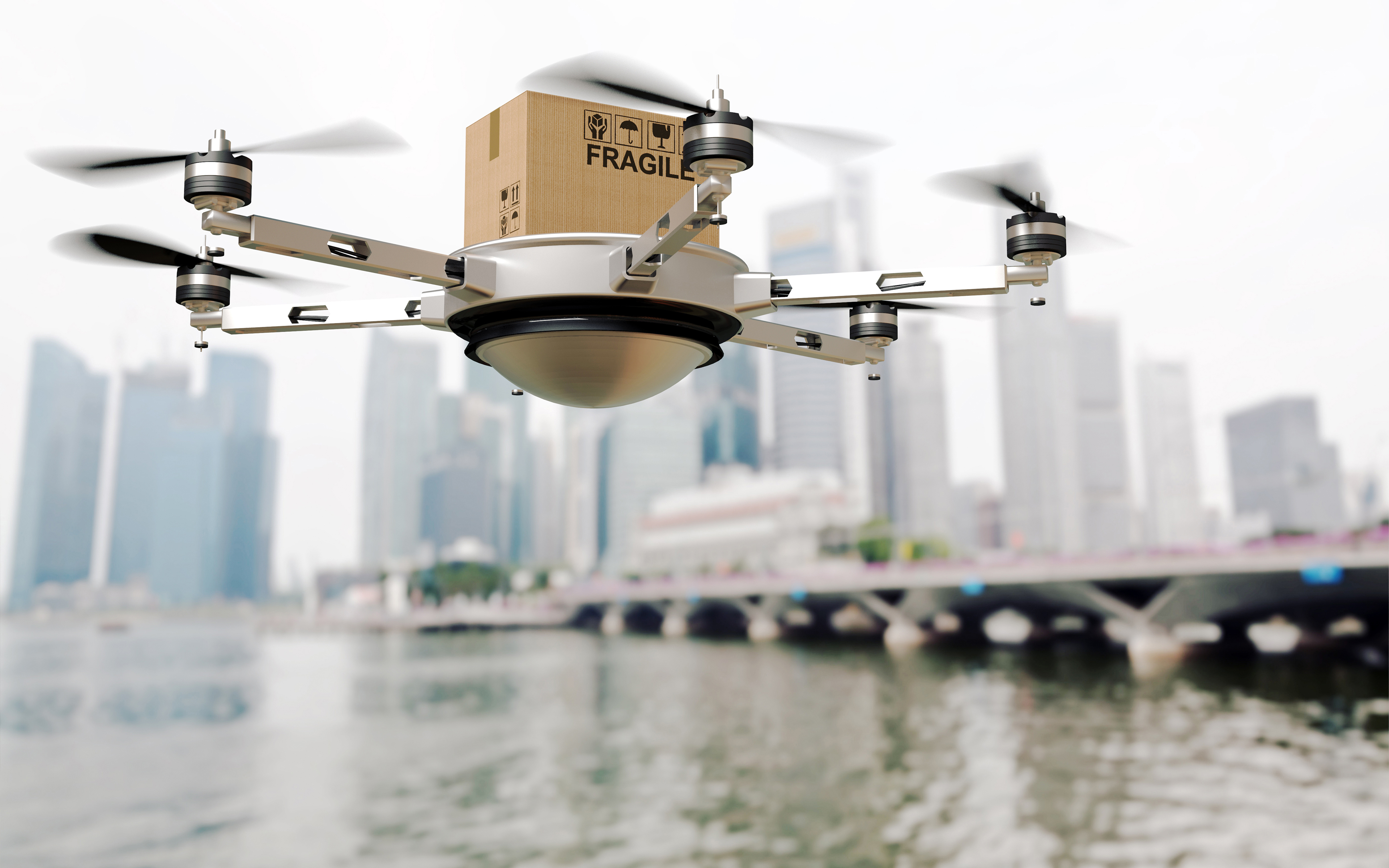The use of Internet of Things (IoT)-connected sensors and devices in the manufacturing sector is exploding as manufacturing processes transform and we get closer to realizing the value and promise of Industry 4.0. The question is, are connected devices becoming a runaway train of unchecked data charges?
Sensors, robots, security cameras and other IoT devices on the factory floor are helping manufacturers increase automation, reduce equipment downtime, optimize the supply chain, become more environmentally friendly and reduce injuries. Logistics companies are using cellular IoT devices to supervise fleets, track deliveries, monitor driver behavior, provide real-time visibility to goods in transit and manage transportation routes. Businesses and government agencies are implementing connected security cameras, parking meters, gas and water meters, trash bins, interactive kiosks, credit card payment devices, and other IoT devices to improve operational efficiencies, reduce capital expenditures and enhance an individual’s experience of everyday life.
The deployment of cellular-enabled IoT devices facilitates real-time visibility and communication with low latency and high reliability, which has allowed for huge improvements in efficiency, safety and environmental sustainability. At the same time, the exploding number of deployed cellular IoT devices is creating an administrative headache. Manufacturers or logistics providers can find themselves managing the cellular data plans and usage for literally hundreds of thousands, or more, of cellular IoT devices.
Today, there are more than 2.5 billion cellular IoT devices in the world. By the end of 2027, cellular IoT deployment is expected to more than double to 5.5 billion connections, according to the Ericsson Mobility Report issued in November 2021.
As an organization’s usage of cellular IoT devices matures, it is all but guaranteed that the organization will have to manage devices from different manufacturers that use several generations of cellular technologies and will be operating on multiple wireless carriers. This does not begin to address the challenge of managing the device life cycle for hundreds of thousands or millions of devices.
So not only are companies struggling to manage the capital costs of the devices themselves, and the monthly cellular contract terms, plan pricing, data usage, plan utilization, potential security threats and number of IoT devices that are broken or offline, but they are also trying to monitor which carrier controls which devices and whether some IoT technologies are outdated.
IoT FinOps — Reining in the ongoing deployment costs
Given the complexities of overseeing these administrative details and expenses, companies are turning to IoT connectivity management solutions, in which the connectivity for all cellular IoT devices can be aggregated, monitored and managed through a single pane of glass, or one set of application programming interfaces (APIs).
IoT FinOps drives financial accountability and maximizes return on investment of IoT devices and services. Under one virtual pane of glass, these solutions give an organization a broad, deep view of all of its cellular IoT devices, along with the cost and utilization currently being realized. Leveraging this consolidated visibility can identify opportunities to help strengthen operational efficiencies and identify immediate potential savings of up to 30% per month.
In addition, an IoT connectivity management solution delivers these benefits:
- Cross-carrier visibility — Companies can see the real-time status of every device and manage cellular connectivity holistically across multiple carriers.
- Rate plan optimization — The management of each IoT device rate plan is based on customer rules and data usage to optimize the monthly cellular bill.
- Real-time monitoring — Automated monitoring and real-time anomaly detection identify and help prevent fraud, rogue devices and security breaches. Real-time monitoring also protects against devices going offline.
- Customized reporting — IoT device data forecasting and usage reports are customized by business unit, carrier and other customizable fields.
- Single point of integration — Integration enables a single set of APIs for all connectivity management rather than individually to each carrier’s billing platform.
Another advantage of IoT connectivity management solutions is the simplicity of setup. They do not interact directly with the organization’s IoT platform or IT networks; thus, there is no downtime in company systems (a critical requirement for manufacturers, in particular) and minimal development and integration effort.
Take control of your IoT devices
The surging growth of IoT devices in the manufacturing and distribution industry is presenting companies with unmanaged cellular costs and life cycle management challenges. By leveraging an IoT connectivity management tool, organizations can gain control over their cellular data usage, optimize monthly costs and gain real-time visibility into unused, malfunctioning or even hijacked devices.
Note: In the interest of full disclosure, Protiviti offers IoT connectivity management solutions in collaboration with Simetric, which provides an IoT connectivity management platform, and we have helped numerous companies overcome the challenges that accompany the administration of thousands of devices. Regardless of which solution an organization may decide to pursue, there has never been a greater opportunity to rein in an unwieldy expense that has traditionally lacked visibility.





